Trending searches
Popular collections
Cart
$0
Bucephalandra Brownie Phoenix is one of the most striking Bucephalandra varieties, prized for its intense coloration and radiant iridescence. Native to the shaded, fast-flowing forest streams of Borneo, this slow-growing plant clings naturally to rocks and driftwood. Under aquarium lighting, its leaves display fiery undertones of red, purple, and metallic blue — living up to its legendary “Phoenix” name.
Scientific Name: Bucephalandra sp. ‘Brownie Phoenix’
Common Name: Buce Brownie Phoenix
Origin: Borneo
Unique Coloration: Exhibits shimmering red to violet tones with metallic blue highlights under optimal lighting.
Leaf Form: Narrow and elongated with slightly wavy edges and glossy texture.
Growth Rate: Very slow-growing and compact, ideal for detailed aquascapes and collector tanks.
Placement: Best attached to hardscape elements such as driftwood, stones, or lava rock using glue or thread.
Lighting Needs: Low to medium lighting; higher light enhances iridescent coloration.
CO₂ & Fertilizers: CO₂ supplementation recommended for optimal growth and vibrant color development.
Water Conditions: Prefers soft to moderately hard water (pH 6.0–7.5; temperature 72–82°F).
Propagation: Gently divide the rhizome, ensuring each piece retains leaves and roots for successful regrowth.
Creates a bold focal point with its rare metallic color spectrum.
Perfect for nano, midground, or foreground placement on hardscape.
Highly resilient and adapts well to both submerged and emersed growth conditions.
Complements mosses, ferns, and darker driftwood layouts beautifully.
Sold as loose bare-root plants:
1 Plant: Loose bare-root with approximately 6+ leaves
5 Plants: Loose bare-root with approximately 25+ leaves total
10 Plants: Loose bare-root with approximately 50+ leaves total
Like other Bucephalandra varieties, Buce Brownie Phoenix may experience minor leaf melt during acclimation. This is temporary and new growth will soon appear once the plant stabilizes in your aquarium.
Certain aquatic plants may be restricted or regulated in some U.S. states. Always check your local and state regulations before purchasing or introducing plants into natural waterways. Never release aquarium plants into the wild.
Return Policy: All sales are final
24 Hours Live Arrival Guarantee* - In a rare case of live stocks dead on arrival, we must be notified within 24 hours by the same day of delivery. Please take clear photos of the damaged product and send it to us within 24 hours. Live Arrival Guarantee will be void after 24 hours of delivery. All replacements are considered final and we will not replace the replacement.
Please be aware that our Live Arrival Guarantee is subject to certain conditions. Specifically, the guarantee will not be applicable in cases where the package is marked as 'invalid address', 'undeliverable' or is 'returned to sender.' This includes situations such as a vacant delivery address, a missing apartment number, or any other issues that prevent the postal service from delivering your package.
It is crucial to provide accurate and complete shipping information to ensure the successful delivery of your order and the applicability of the Live Arrival Guarantee.
Please keep in mind that Live Arrival Guarantee only guarantees that live stocks will be alive upon arrival. We cannot guarantee that you will continue to have success with them. Many factors, including the aquarium environment, water quality, nutrient, temperature, lighting, filter, and CO2 system, can contribute to the failure to grow live plants and live animals.
Even though our plants are very clean, but we can't guarantee they will be 100% pest-free because we cannot be responsible for your aquarium. Please use it at your own risk. We recommended all customers rinse the plants with clean water and quarantine them before use.
However, plants in tissue culture will be 100% free from pests, algae and never have been contacting with any aquarium.
Please review your state's regulations on restricted plants, as we are committed to not shipping plants that are restricted in your area. Do not release any plants into the wild or waterways, as this can harm local ecosystems by introducing invasive species.
Your cooperation in protecting the environment is appreciated. For continuously updated information, refer to the USDA State Noxious Weed list here.
Thank you for your responsible commitment to environmental preservation.
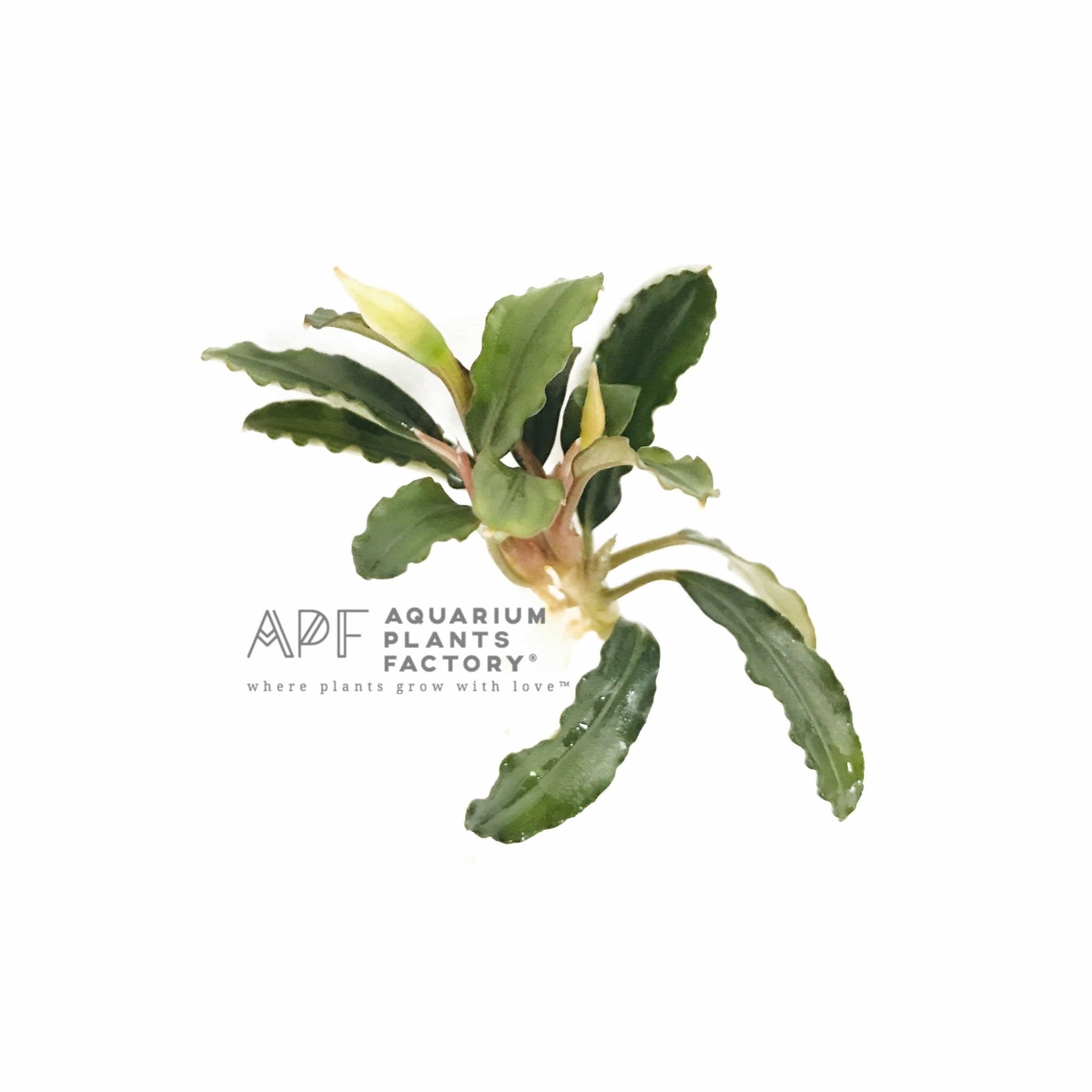
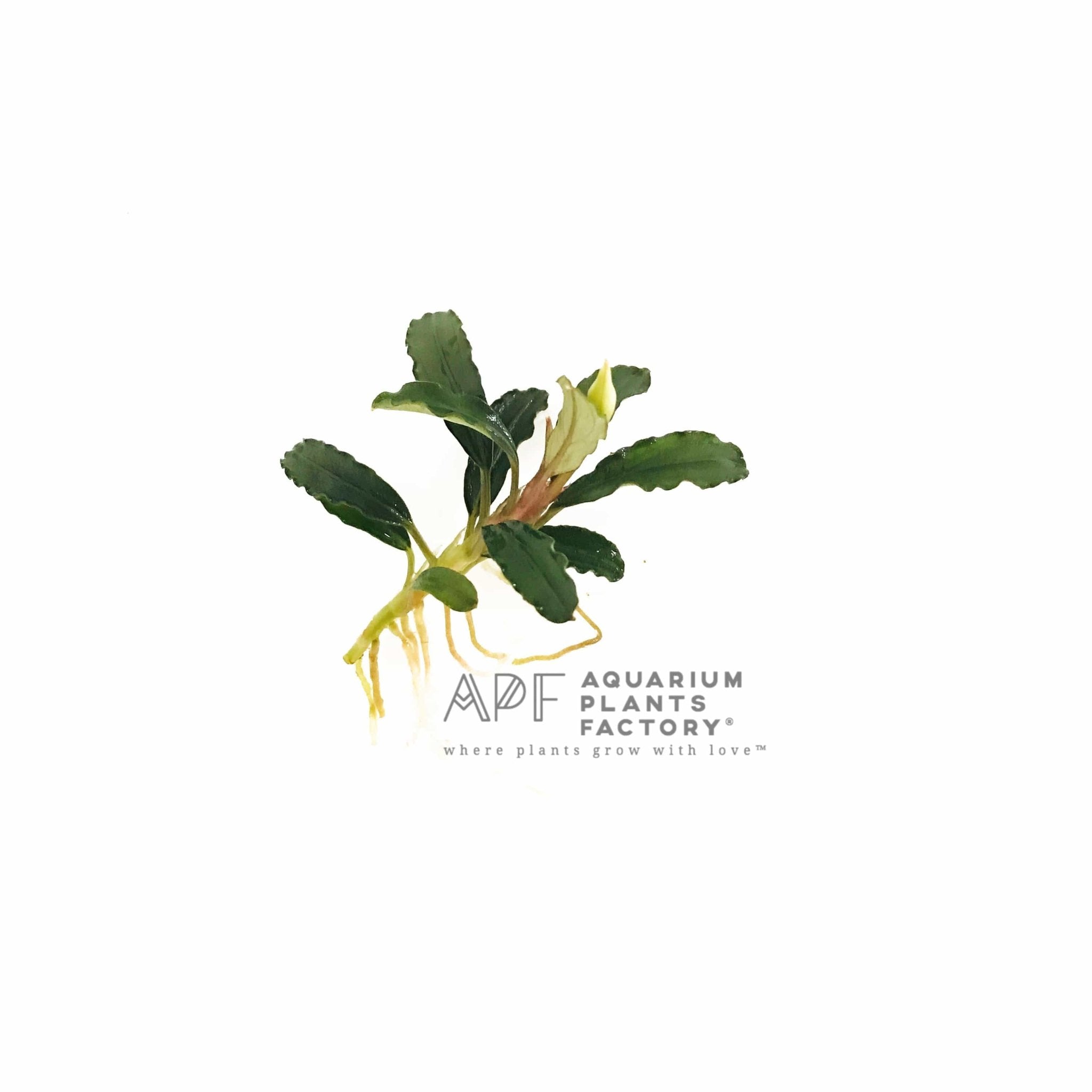
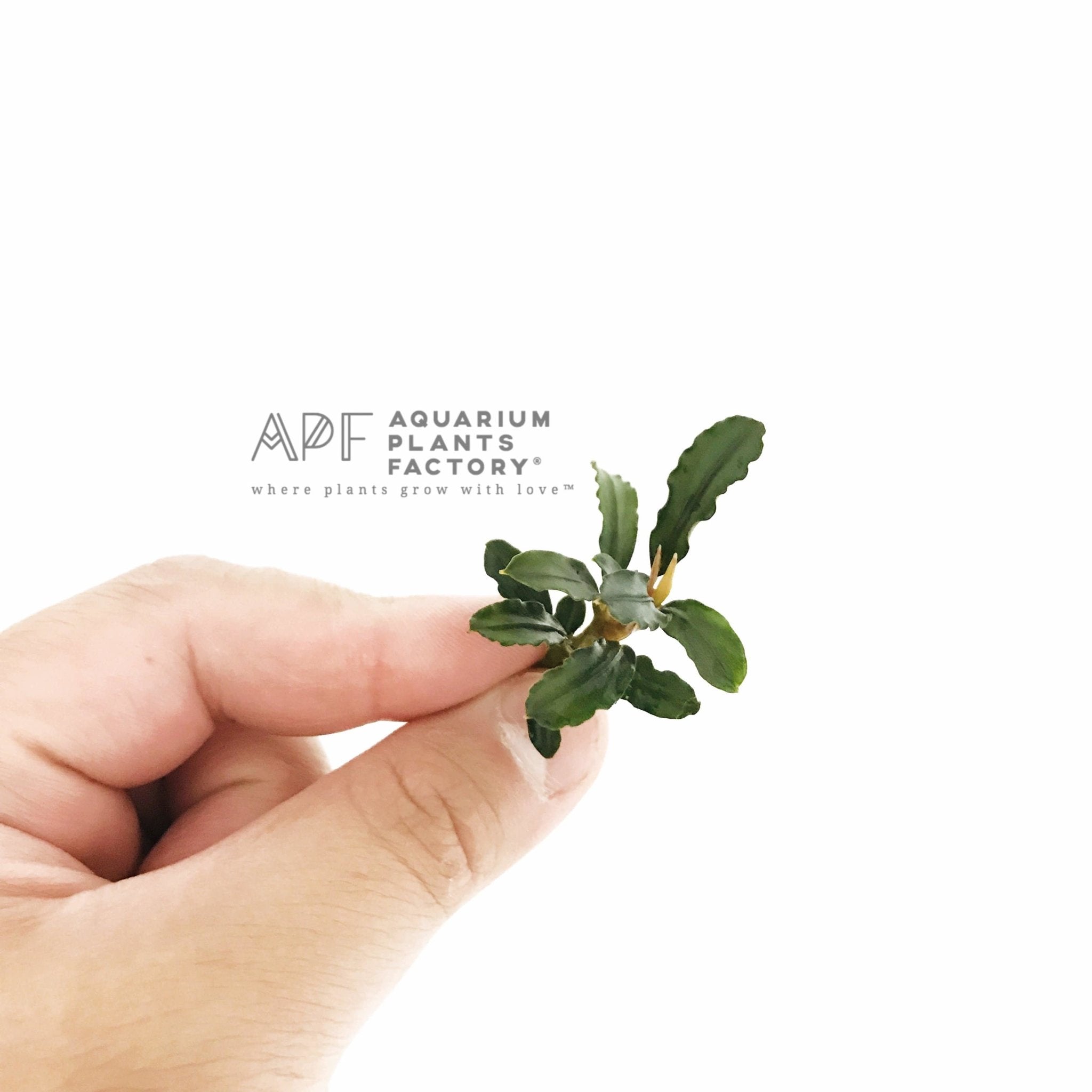
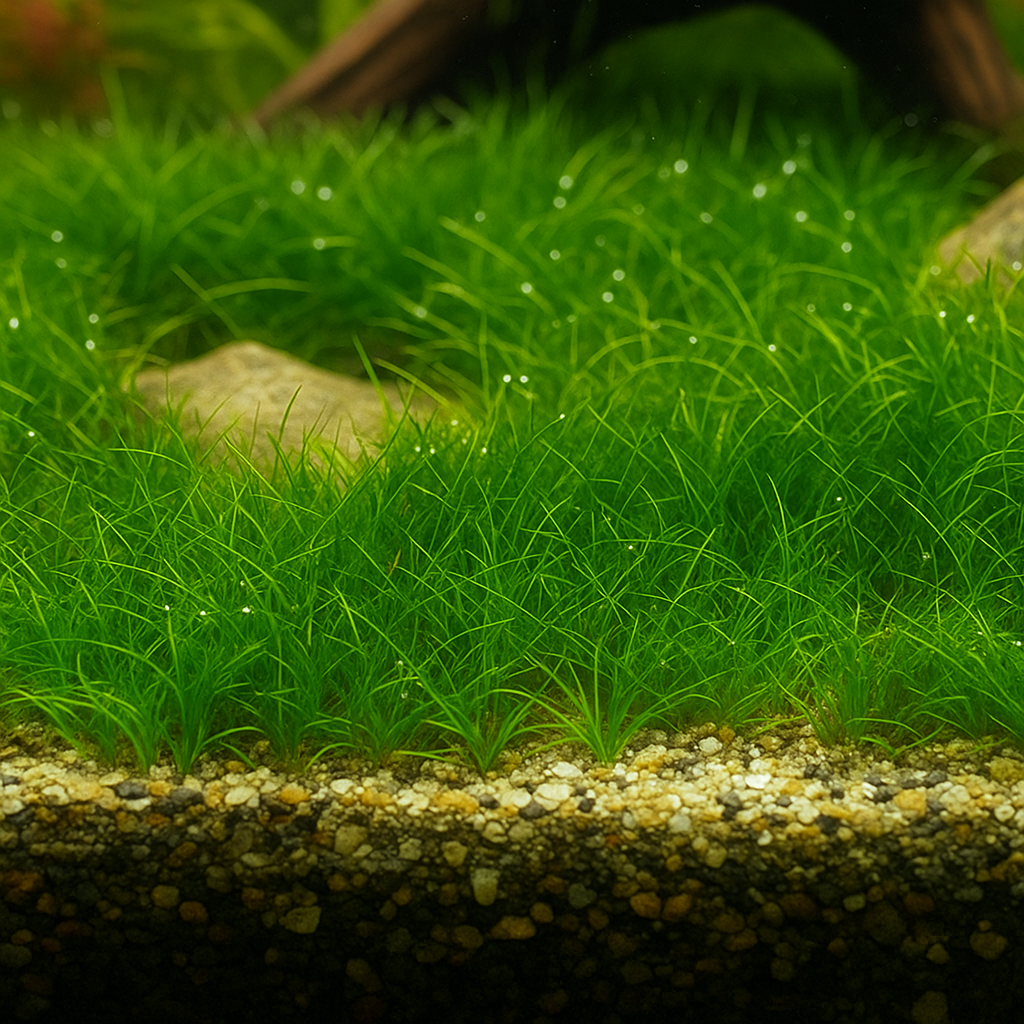
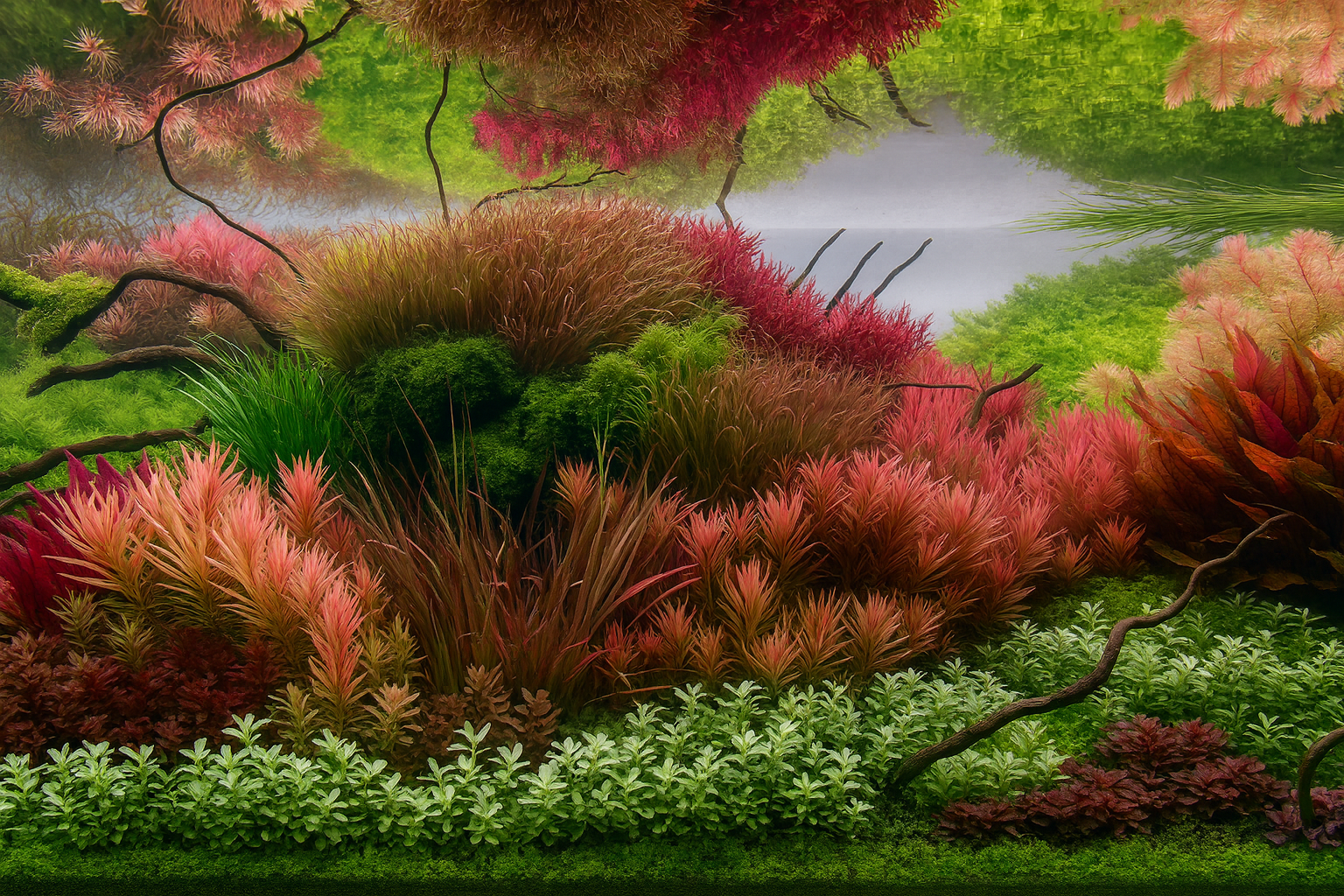
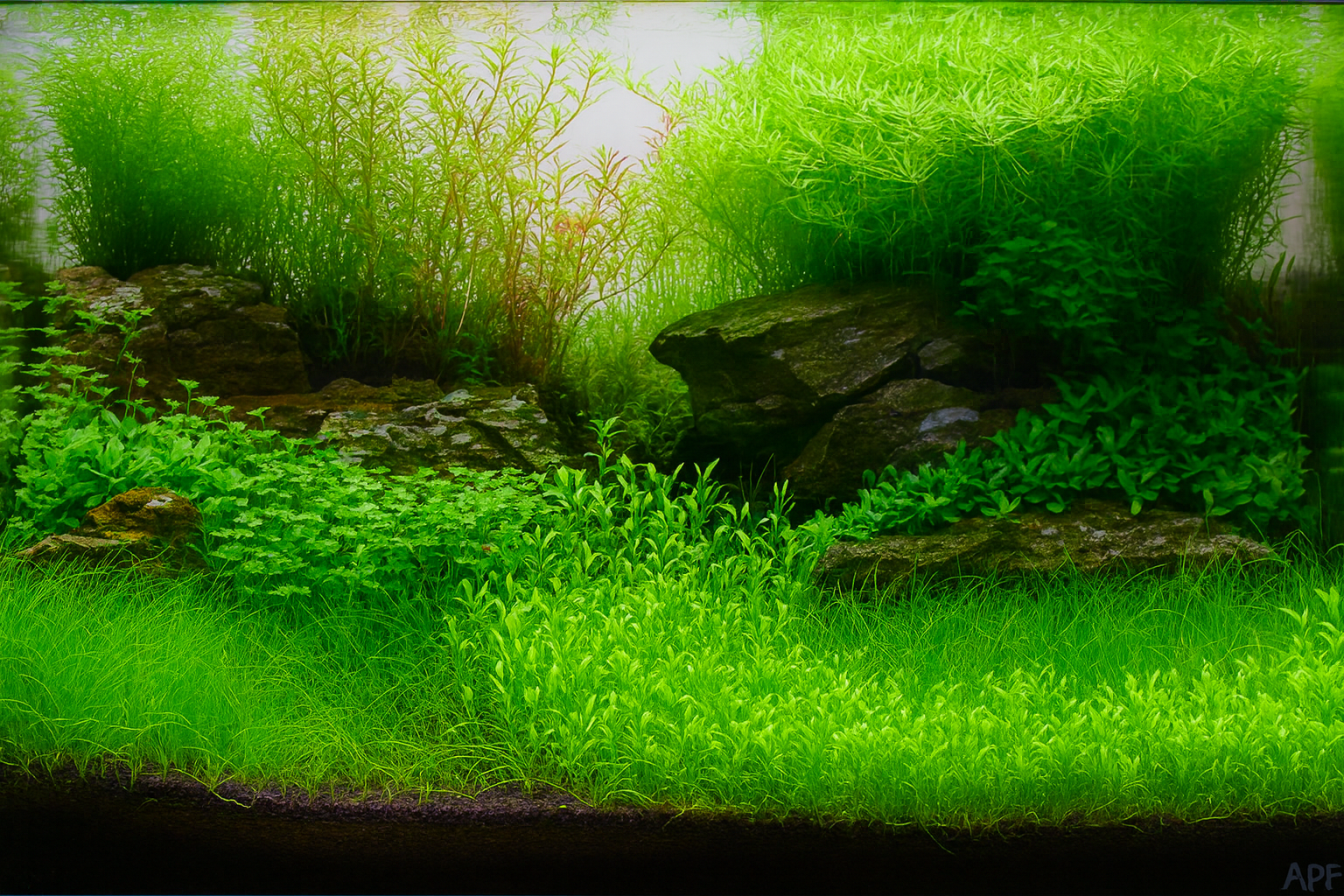

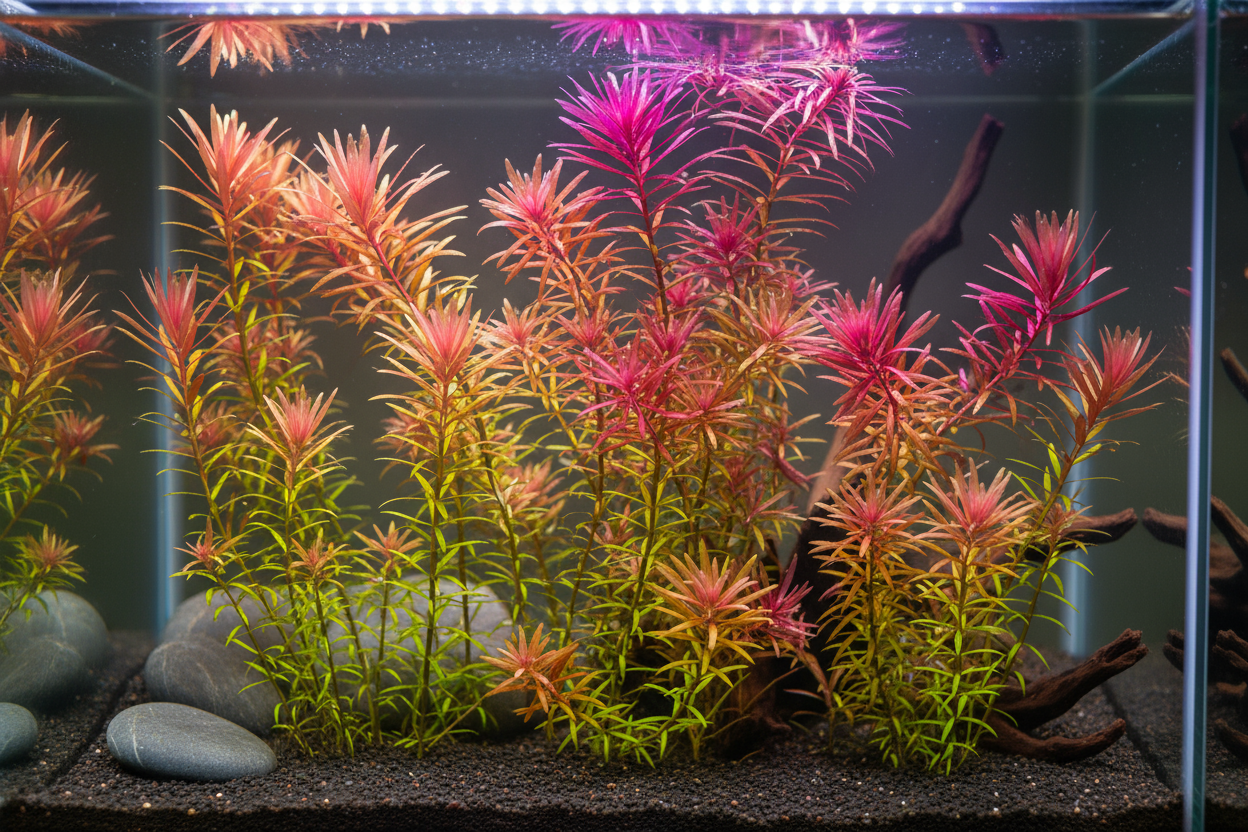

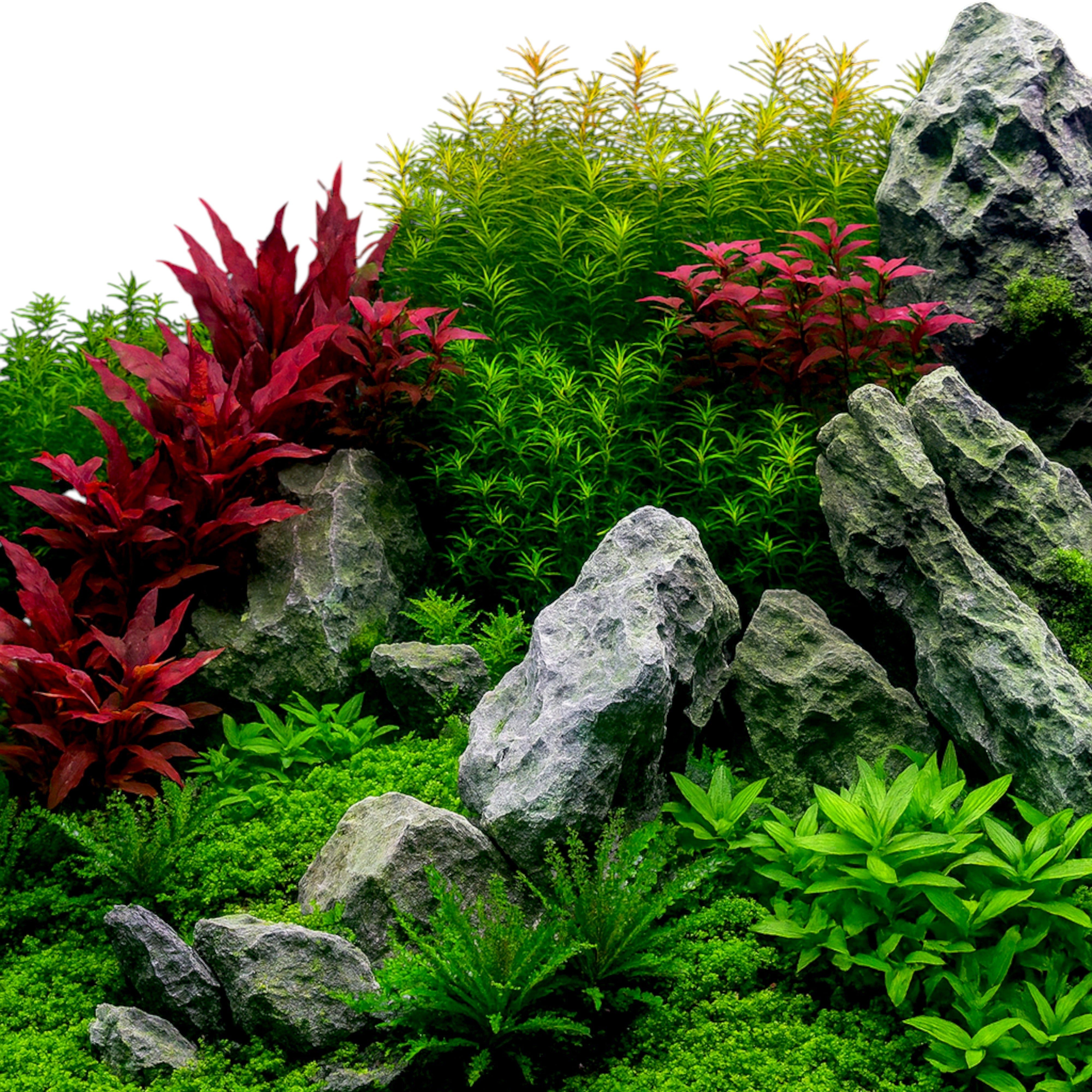
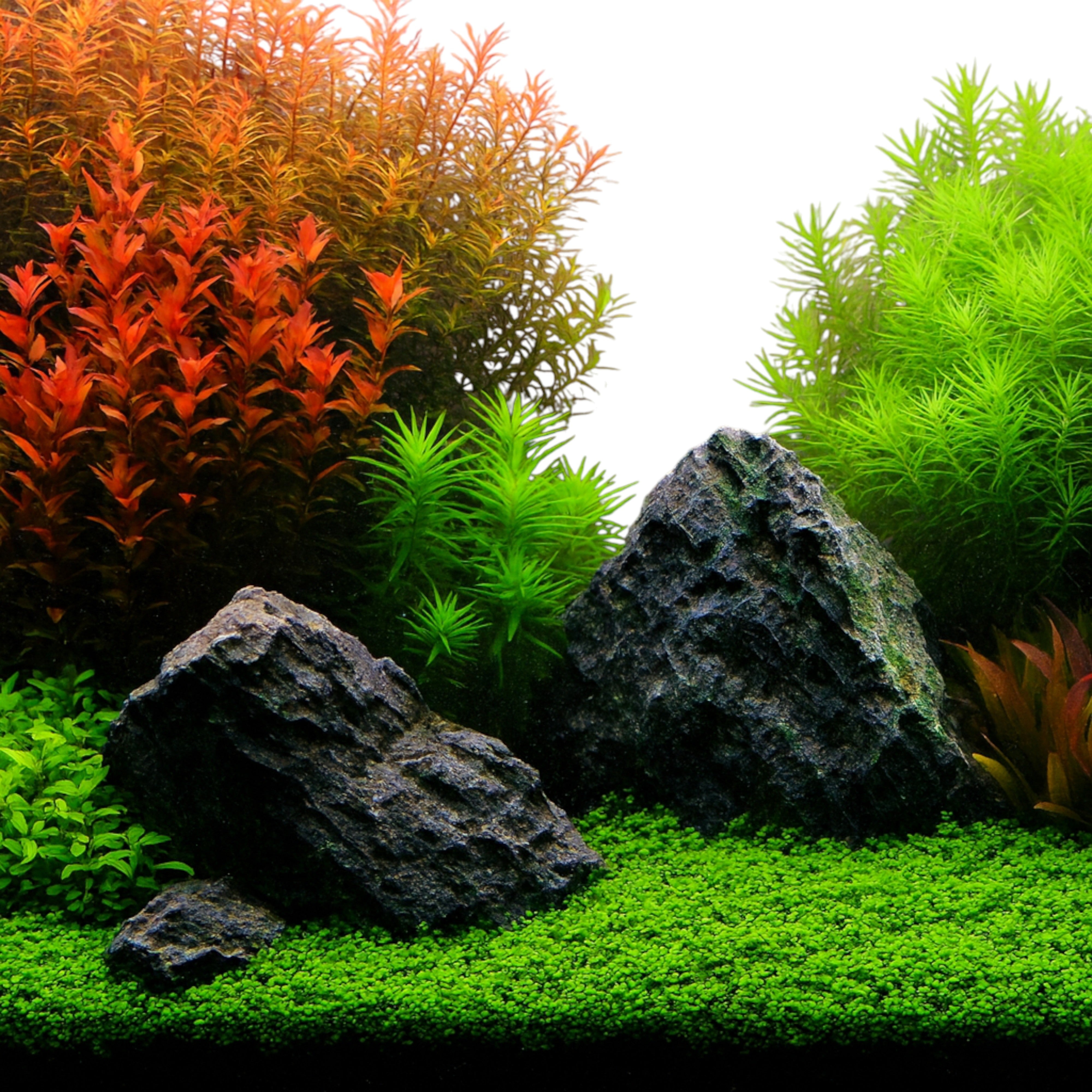
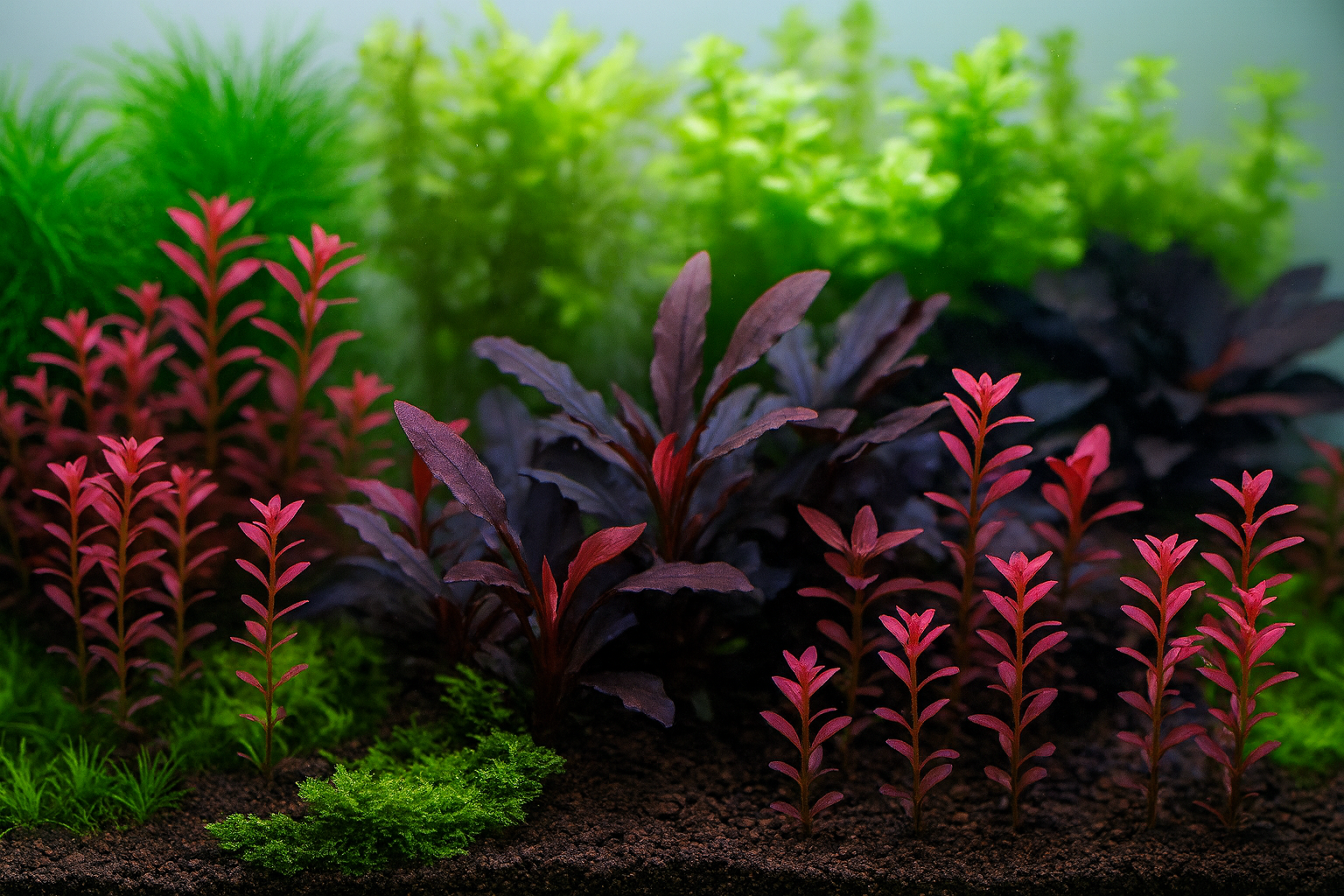

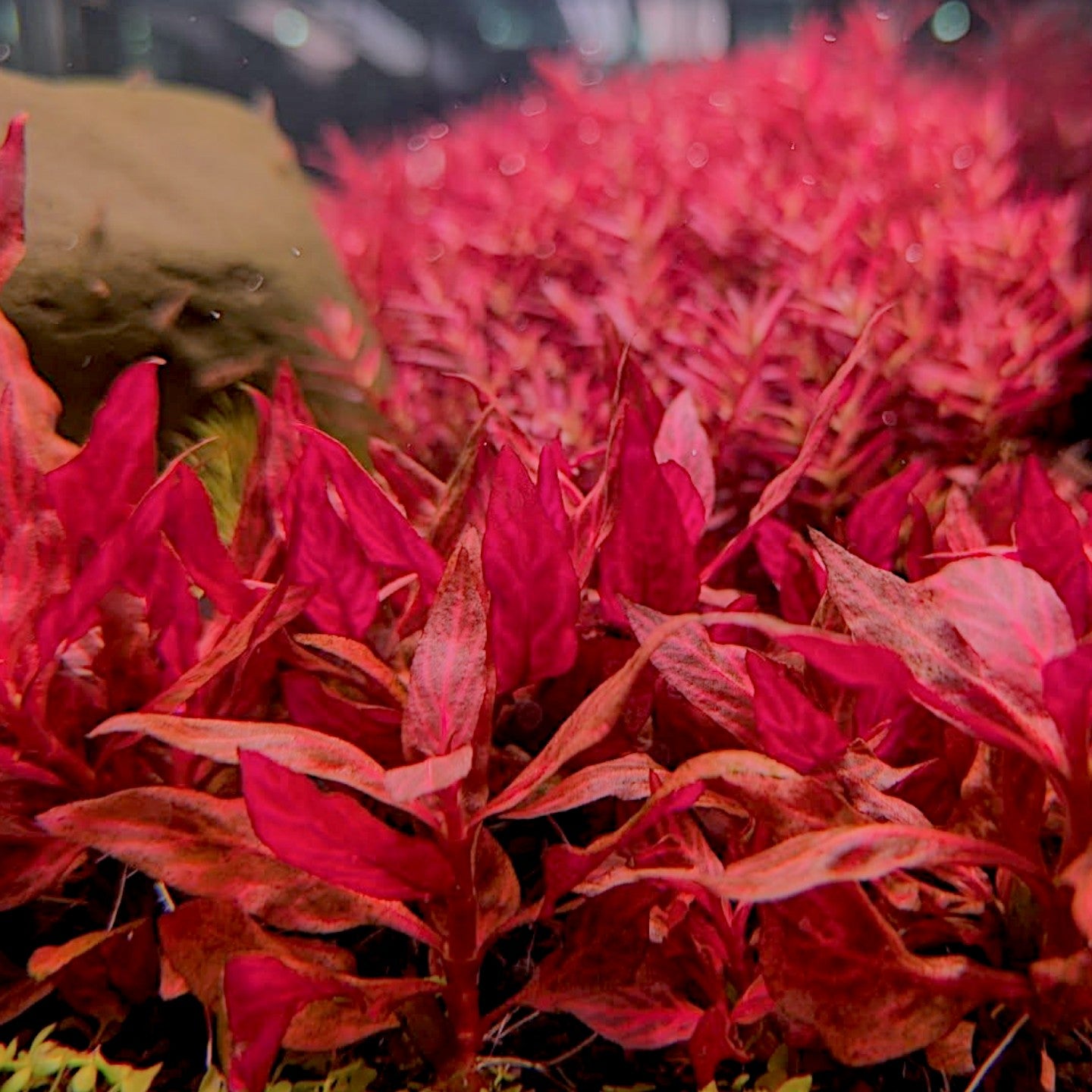
!